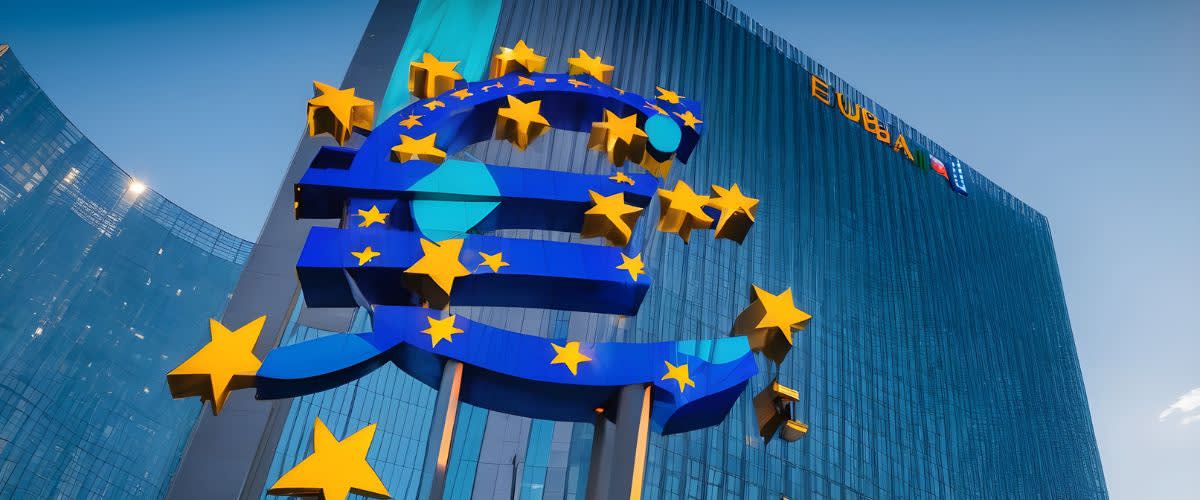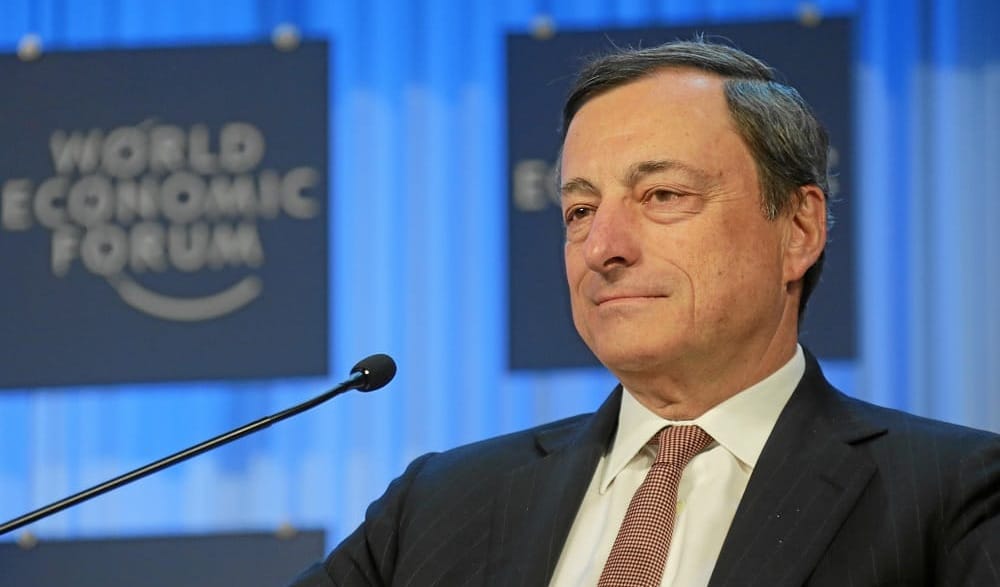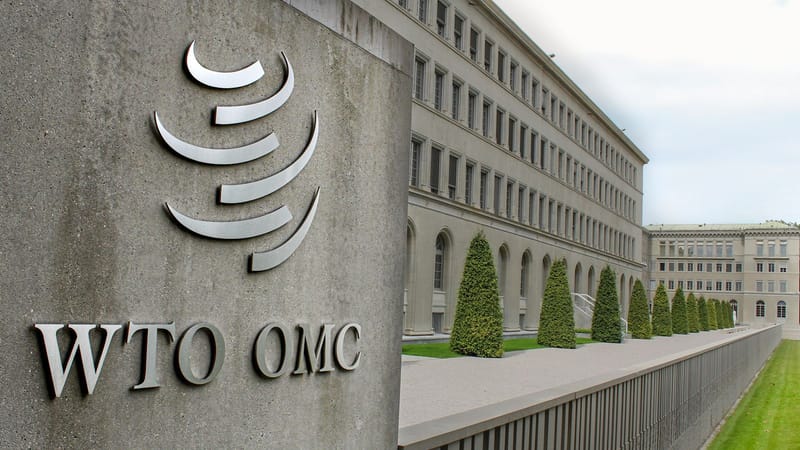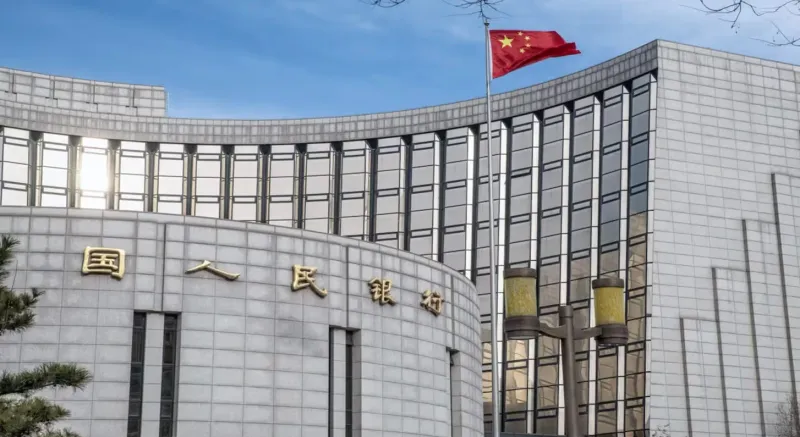European Central Bank Cuts Interest Rates Amid Persistent Inflation Concerns
The latest cut follows a similar reduction in June, marking a gradual departure from the aggressive monetary policy

The European Central Bank (ECB) reduced its key interest rates for the second time in three months on Thursday, as it seeks to balance slowing inflation with a struggling eurozone economy. The decision, which cut the deposit rate by 25 basis points to 3.5%, reflects the bank’s cautious approach amid ongoing uncertainties surrounding inflation in the services sector.
Moderate Rate Cuts Amid Slowing Inflation
The latest cut follows a similar reduction in June, marking a gradual departure from the aggressive monetary policy the ECB adopted to combat the region’s earlier high inflation levels. Inflation in the eurozone has moderated, now averaging 2.2% for the year through August, down from 2.6% in July. However, core inflation, particularly in the services sector, remains stubbornly high, with wage pressures still posing a challenge.
“The Governing Council decided it is appropriate to take another step in moderating the degree of monetary policy restriction,” the ECB stated. “However, domestic inflation remains high, particularly due to rising wages in the services sector.”
Market Reactions and Economic Outlook
The euro briefly spiked to a session high following the rate decision, trading around $1.1019, while European stocks and government bond yields showed little movement. The central bank's decision is seen as a cautious signal to markets, indicating a potential steady easing of monetary policy in the months ahead.
The ECB’s updated economic projections suggest a mixed outlook for the region. Growth forecasts have been slightly downgraded to 0.8% for 2024 and 1.3% for 2025, with investment and consumer spending still weighed down by high borrowing costs. Despite these headwinds, the ECB remains hopeful that inflation will reach its 2% target by the end of 2025.
Implications for Borrowers and Financial Markets
The rate cut is expected to offer some relief to borrowers, particularly those with tracker mortgages tied to ECB rates. A 25 basis point reduction translates to savings of approximately €25 per month on every €200,000 of outstanding mortgage debt. Additional savings could come from the bank's move to narrow the gap between the deposit rate and other key interest rates, such as the main refinancing operations rate and the marginal lending facility rate.
The ECB also announced a reduction in its main refinancing rate to 3.65% starting from September 18, part of its broader strategy to manage short-term money markets and stabilize financial conditions. Major European banks, including AIB, have committed to adjusting their tracker mortgage rates in line with ECB policy, further easing the financial burden on mortgage holders.
A Global Context: Other Central Banks Follow Suit
The ECB’s decision comes amid a broader trend of cautious rate cuts by central banks worldwide. Next week, the U.S. Federal Reserve is expected to lower rates for the first time in over four years, while the Bank of England recently made its first rate cut since early 2020. However, analysts caution that despite these moves, rates across these economies remain well above the so-called neutral rate, where they neither stimulate nor restrain economic growth.

Uncertainty and Strategic Caution
While the ECB has initiated a path toward gradual easing, it remains cautious. The central bank’s staff expect inflation pressures to rise slightly later this year due to slower decreases in energy prices, complicating the policy outlook. As a result, the ECB’s current stance reflects a careful balance between supporting growth and preventing inflation from becoming entrenched.
As policymakers continue to navigate these economic challenges, the path forward remains uncertain. Still, for now, the ECB appears committed to a measured approach, adjusting rates slowly to avoid stoking new inflationary pressures while providing some relief to a eurozone economy that continues to struggle with weak growth and sluggish consumer spending.






